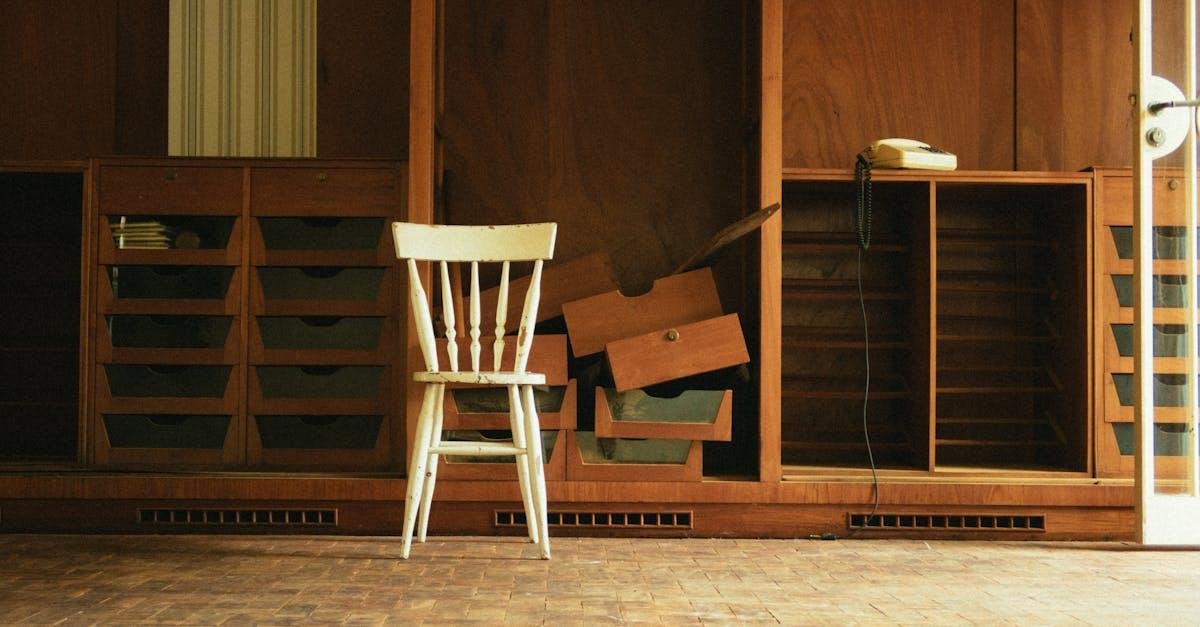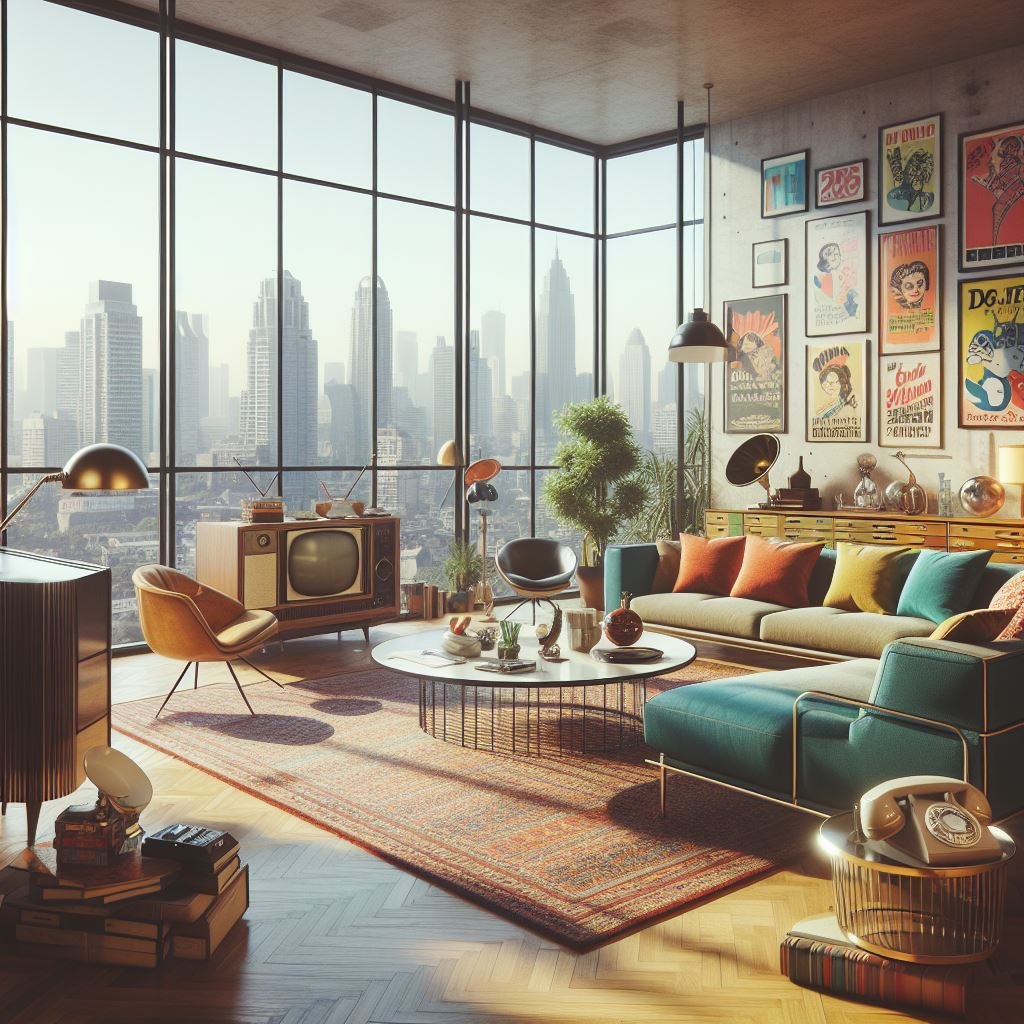Reviving Retro: Blend Classic Touches for a Stylish Contemporary Home Transformation
Blend nostalgic charm with modern style—discover how retro elements can transform your home into a chic, contemporary living space.
As we navigate the ever-evolving world of home design, there's something undeniably charming about retro aesthetics. Blending classic touches into our contemporary spaces allows us to create a unique environment that tells a story. It’s not just about nostalgia; it’s about infusing warmth and character into our living areas.
In this article, we’ll explore how to seamlessly integrate vintage elements into modern homes. From selecting the right furniture to choosing color palettes that evoke a sense of history, we’ll guide you through the process. By the end, you’ll be inspired to transform your space into a harmonious blend of old and new, proving that classic never truly goes out of style.
Understanding Retro Design
Retro design captures the unique charm of past decades, breathing life into contemporary spaces. It emphasizes nostalgia through various elements, allowing us to create warm, inviting homes.
Key Characteristics of Retro Style
Retro style features vibrant colors, geometric patterns, and iconic furniture pieces. This aesthetic often includes bold wallpaper and furniture that evokes specific eras, like the mid-century modern designs. We can integrate elements such as vintage chairs, patterned textiles, and statement lighting fixtures to convey a sense of history within our modern spaces.
The Influence of Decades Past
Each decade brings distinct influences to retro design. The 1950s showcased vibrant, pastel colors and sleek lines, while the 1970s favored earth tones and eclectic patterns. Incorporating artifacts from various decades, such as old country bbq pits or vintage air fresheners, connects our homes to the past. This fusion enriches our living spaces, reminding us of trends that inspired previous generations.
Blending Retro with Modern Aesthetics
Blending retro with modern aesthetics creates a distinctive character in our homes. We can achieve this by strategically selecting elements that reflect both eras.
Color Schemes That Work
We often find that pairing vibrant retro colors with modern neutrals enhances both styles. For instance, incorporating a pale pastel palette from the 1950s with contemporary grays or whites establishes a balanced yet nostalgic feel. Similarly, deep earth tones inspired by the 1970s can beautifully complement sleek, minimalistic furnishings. Using color accents, like mustard yellow or teal, in decor or accessories creates focal points without overwhelming modern sensibilities. Integrating these hues adds warmth and a sense of history to our living spaces.
Choosing the Right Furniture
Selecting furniture that embodies retro design while maintaining modern functionality is crucial. We can opt for iconic pieces, such as mid-century chairs or vintage coffee tables, to evoke a charming ambiance. Combining these with contemporary seating or minimalist shelving strikes a harmonious balance. Additionally, understanding materials plays a significant role; opting for wood or metal finishes recalls past styles while ensuring durability. Incorporating accessories, like air fresheners that reflect nostalgic scents, keeps our spaces fresh while enhancing the retro vibe. By thoughtfully curating our furniture choices, we create inviting environments that celebrate both the past and present.
Key Elements to Incorporate
Integrating key elements of retro design enriches our contemporary homes with classic charm and warmth. Focusing on accessories, decor, and lighting creates a cohesive retro atmosphere.
Vintage Accessories and Decor
Incorporating vintage accessories enhances nostalgic appeal. We can display old country BBQ pits as statement pieces or incorporate vintage air fresheners to evoke a sense of history. Additionally, curated collections of retro ceramics, wall art, and textiles bring character and warmth to our spaces. Seek out items from various decades, like 1950s fruit bowls or 1970s macramé hangings, to create a layered, inviting look.
Lighting as a Design Element
Lighting serves as a vital design element in retro styling. We can mix mid-century pendant lights with modern fixtures for visual interest. Opt for bold colors and geometric shapes to draw attention and set the mood. Vintage table lamps and floor lamps, featuring warm tones and unique designs, infuse spaces with a cozy ambiance and reflect undeniable retro aesthetics. Using lighting thoughtfully allows us to blend nostalgic elements seamlessly with contemporary decor.
DIY Ideas for a Retro Touch
Reviving retro design can begin with simple DIY projects that incorporate vintage finds into our contemporary spaces. By creatively reimagining old pieces, we create a unique charm that enhances our homes.
Upcycling Vintage Finds
Upcycling allows us to breathe new life into outdated items. Transforming an old country BBQ pit into a chic outdoor table can serve as a conversation starter while maintaining its nostalgic essence. We can also repurpose vintage crates into stylish shelving units or use antique suitcases for unique storage solutions. Painting these items in vibrant colors further enhances their retro appeal, blending seamlessly into modern settings.
Simple Projects to Start With
Starting with small projects makes retro design approachable. Reupholstering a mid-century chair with bold, geometric fabric revitalizes its look while adding a pop of color. Crafting DIY air fresheners from retro-inspired containers also brings a functional yet stylish touch to our spaces. These projects reflect our personal style and connect us with cherished designs from the past, helping us fuse nostalgia with contemporary living beautifully. For more insights on design trends, check out Architectural Digest.








